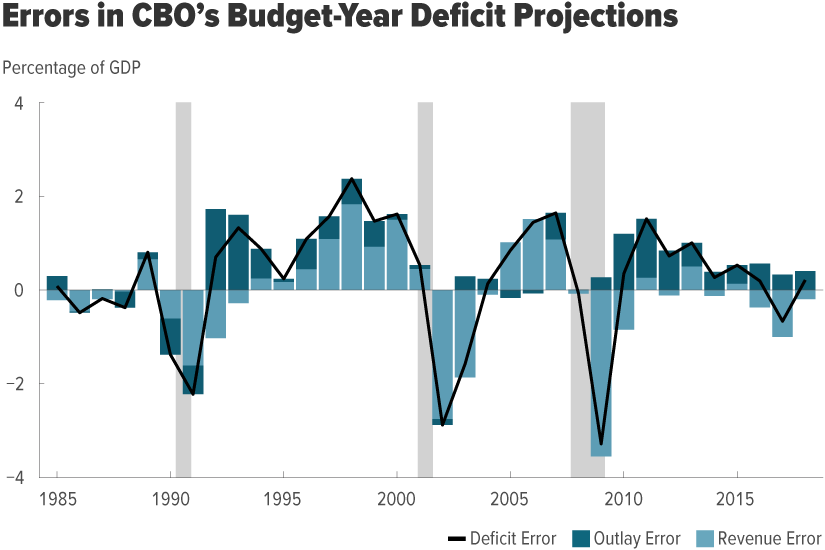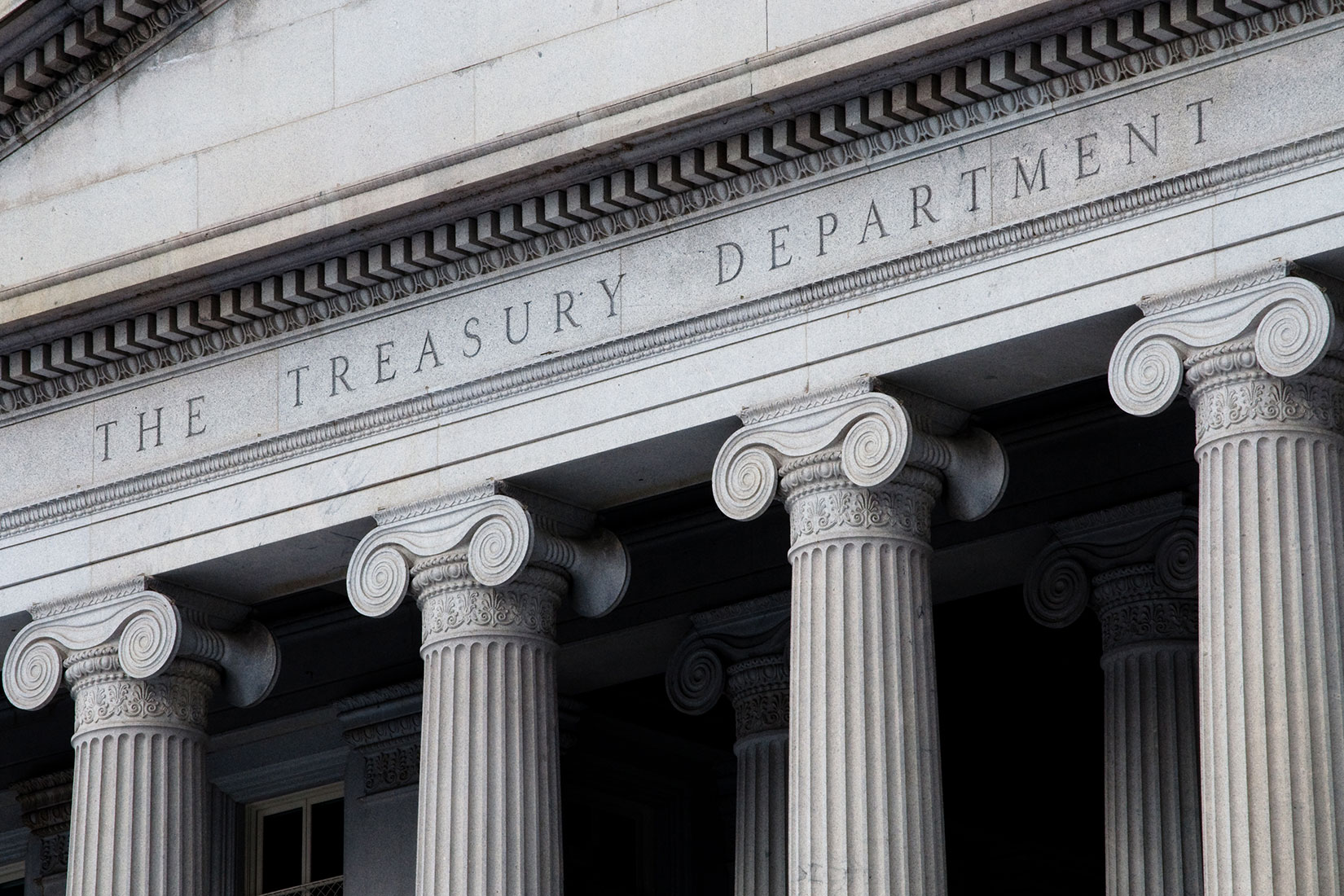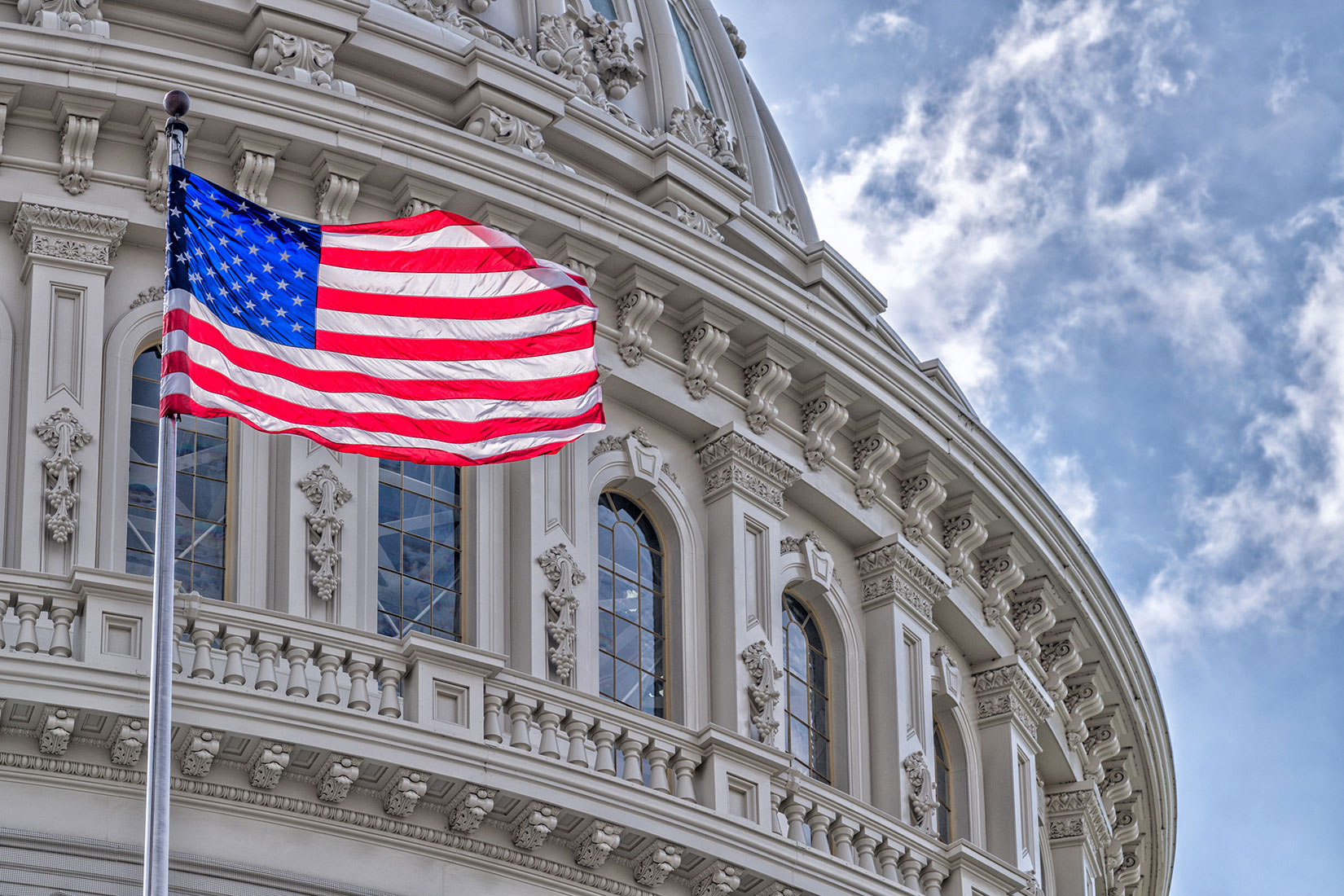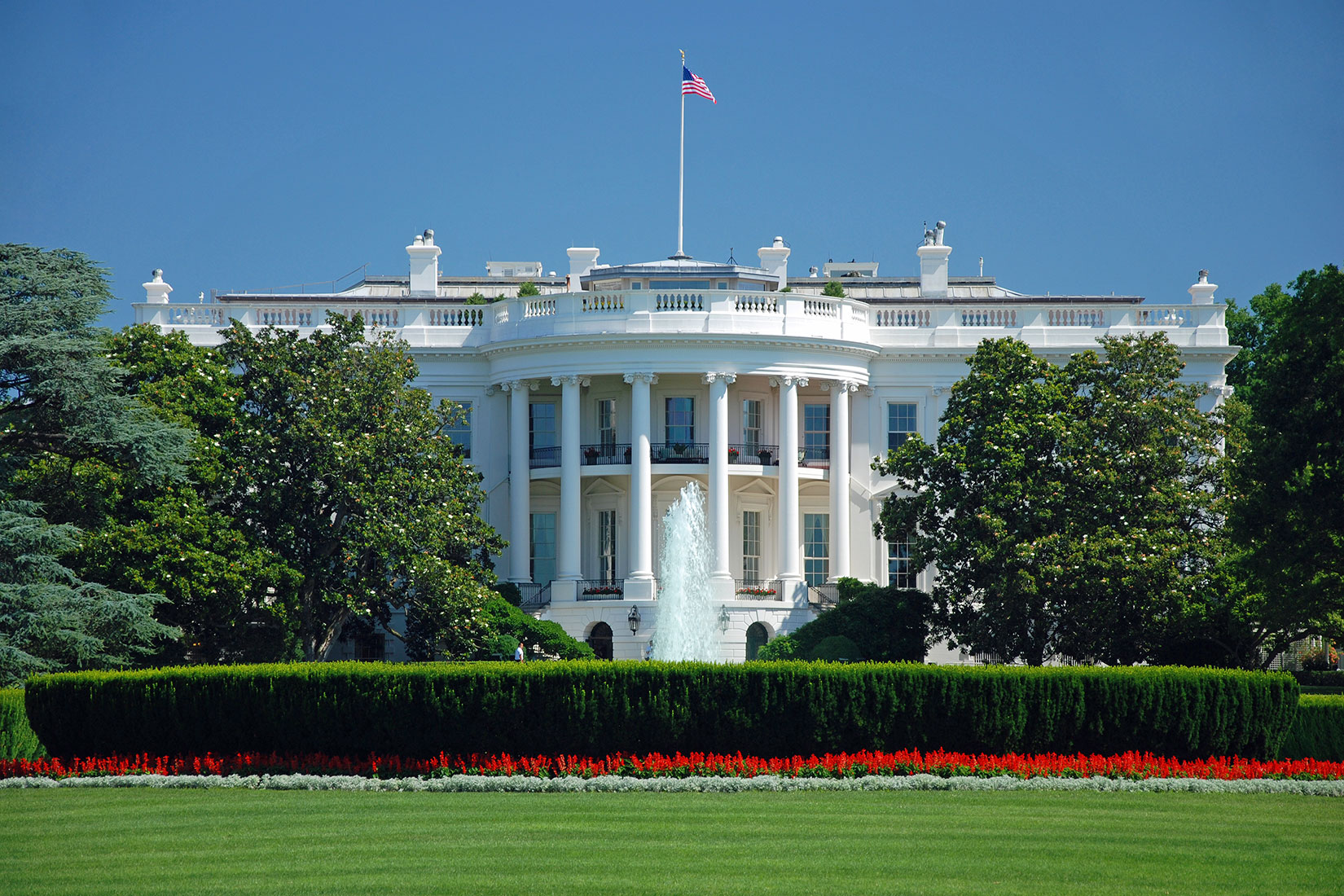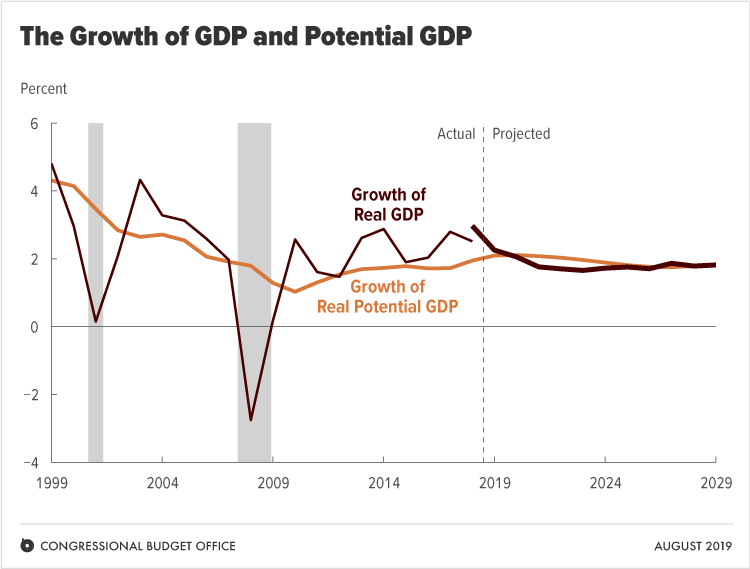To explore how changes to financial regulation might affect the federal budget, CBO analyzed three illustrative policies. The agency found that the policies’ largest budgetary effects would stem from macroeconomic feedback. Watch the narrated presentation.
CBO Blog
CBO Director Phill Swagel spoke about the agency's latest 10-year budget and economic projections at an event hosted by the Center for Strategic Tax Reform and on a panel discussion at IHS Markit’s 2019 Economic Policy Summit. CBO's Director discussed many of the same issues last week in a presentation at PwC.
In lieu of publishing a separate report providing additional information about CBO’s long-term projections for Social Security, the agency is publishing the data that it would have presented in that report.
CBO analyzes its baseline projections of deficits and debt held by the public that were made each year beginning in 1984. In this report, CBO reviews its projections for the first and fifth years after the fiscal year already under way.
Since I joined CBO four months ago, it has been a great treat for me to work with and learn from its skilled, knowledgeable, and dedicated people. Some of the issues at CBO have been new to me, but the budgetary challenge that the nation faces is all too familiar.
CBO examines the differences between cash and accrual accounting for federal retirement and veterans’ benefits, the information that the two types of estimates provide, and ways to expand the use of accrual measures for such benefits.
The federal budget deficit was $1,067 billion for the first 11 months of fiscal year 2019, CBO estimates, $168 billion more than the deficit recorded during the same period last year. Revenues were $102 billion higher and outlays were $271 billion higher than in the same period in fiscal year 2018.
In this report, CBO provides information about how its most recent budget projections would change under alternative assumptions about future fiscal policies and estimates the possible budgetary outcomes.
In CBO’s newly published economic projections, higher trade barriers—in particular, increases in tariff rates—implemented by the United States and its trading partners since January 2018 reduce the level of real (that is, inflation-adjusted) U.S. gross domestic product by roughly 0.3 percent by 2020.
If current laws governing federal taxes and spending generally remained in place, the economy would expand by 2.3 percent this year and then grow at an average annual rate of 1.8 percent over the next decade, CBO projects.





